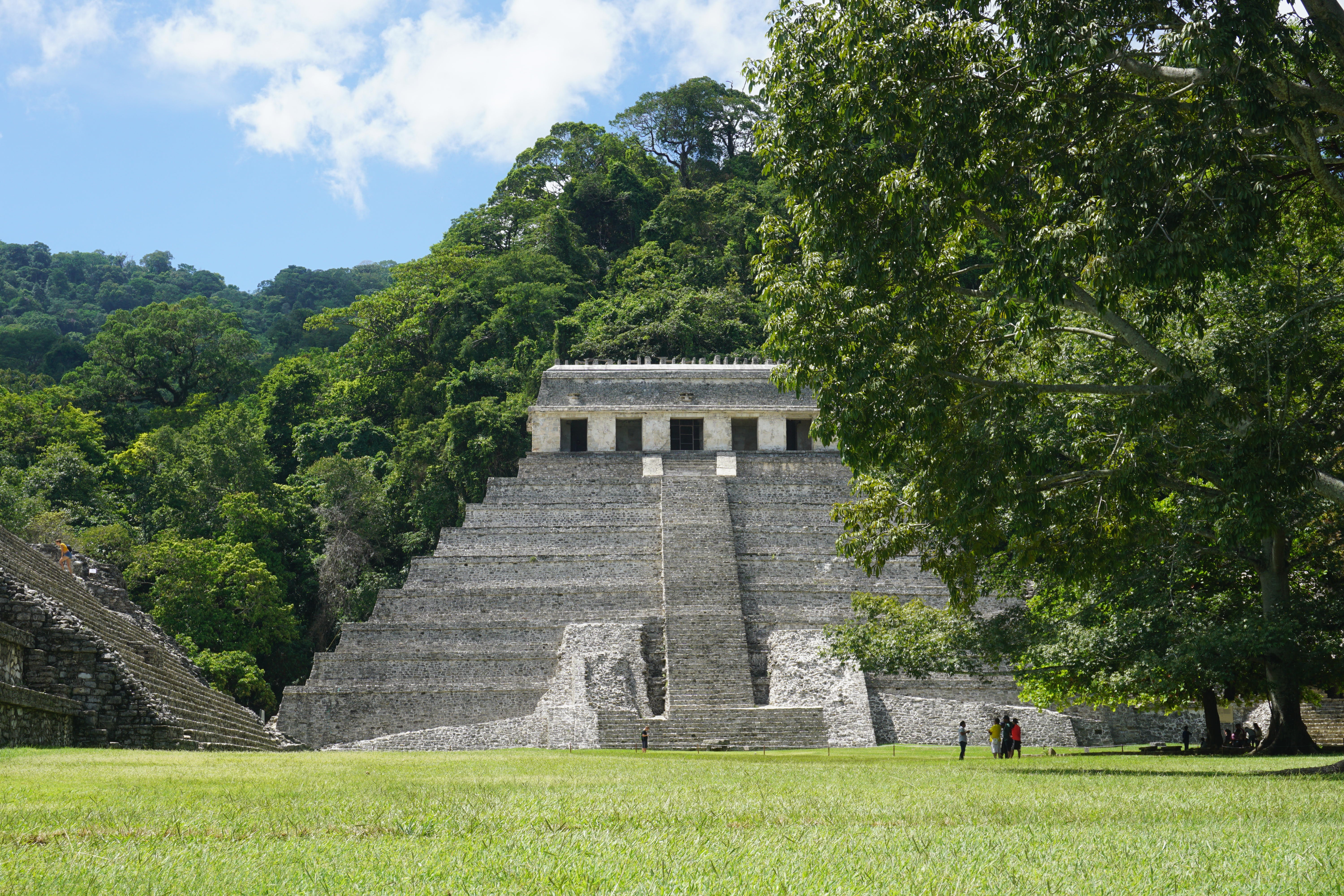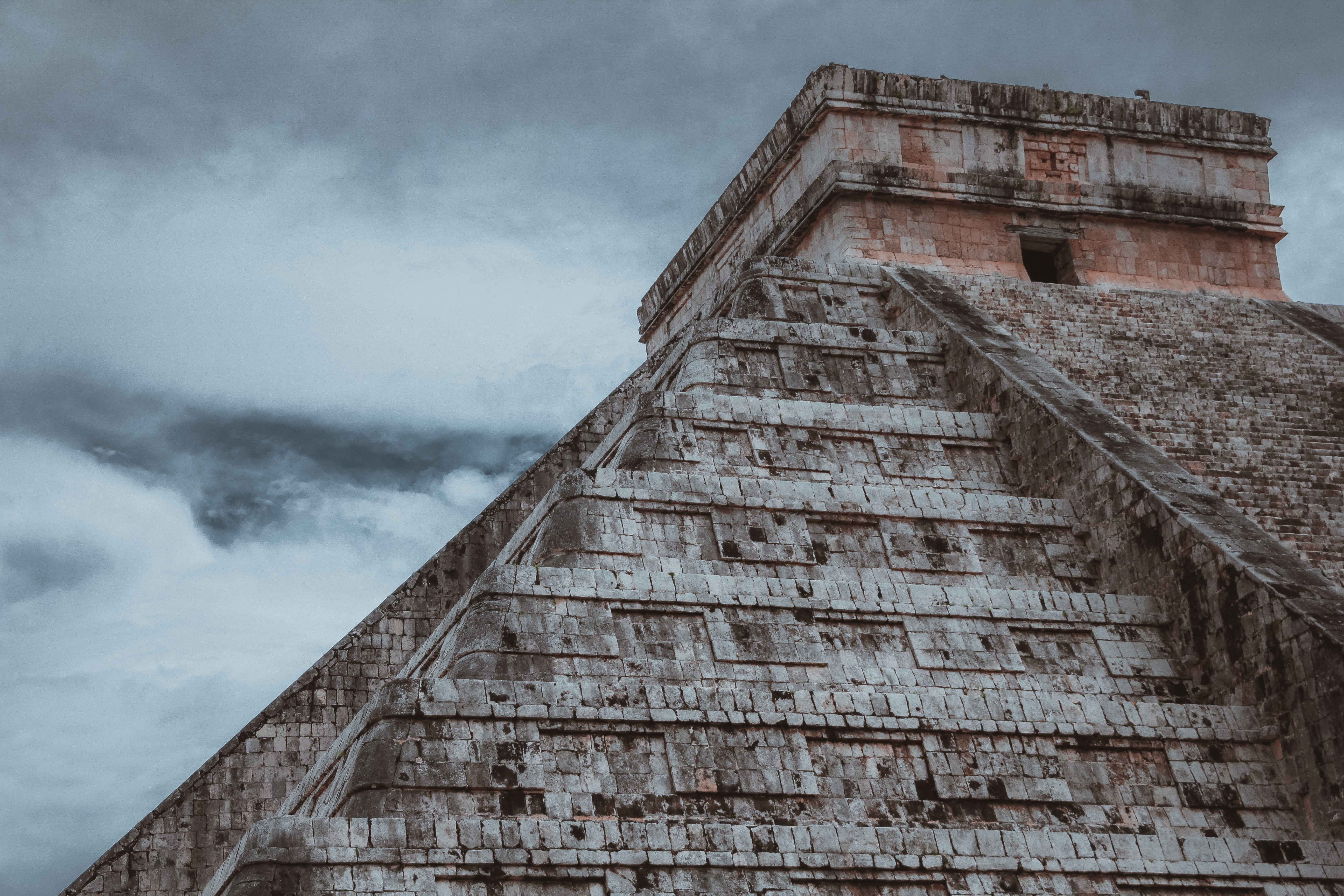In 2012, the ancient Maya calendar came into the limelight: supposedly, it predicted the “end of the world” by the end of that year, an idea that was sensationalized by films such as 2012 starring John Cusack. These apocalyptic predictions presented a simplistic and distorted interpretation of a complex system of calendars that includes multiple cycles of time and has many layers of meaning. The Maya people were extraordinary astronomers and mathematicians who measured time according to a variety of calculations that were meant for different sacred and worldly uses.
The following key facts about the Maya calendar system help us to understand the basic components of this fascinating and enduring conceptualization of time, which is still followed by the Maya communities of Guatemala, Honduras, Belize, El Salvador and Southern Mexico.

Four key cycles of time
The Maya calendrical system, which dates back to around 250 AD (with the most ancient version, belonging to the Zapotec culture, from as far back as 600-500 BC) is made up of many distinct cycles that are nonetheless interwoven with one another, the most important of which are the following four:
The Haab cycle, based on the solar year, which has exactly the same number of days as the Gregorian calendar used today – 365. The Haab was divided into 19 months, each with 20 days except for the last one, Wayeb, which consisted of only 5 days in January. This calendar has been used by farmers since ancient times to plan offerings and ceremonies related to agricultural cycles, particularly the production cycle of maize.
The Tzolk’in or Chol Q’ij, a sacred cycle of 260 days, each of which is a unique combination of 20 specific day glyphs (symbols) with a number from 1 to 13 (thus, 20 x 13 = 260). Although this calendar is not divided into months, the total of 260 days is equivalent to 9 lunar cycles (also related to the length of time of a human pregnancy and the growing cycle of maize). At the end of 260 days, a new year ceremony is held called Wajxaqib’ B’atz’.
The Calendar Round, which weaves together the Haab and Tzolk’in cycles, producing unique combinations of days from both cycles that will not repeat until after 52 Haab years have passed (52 x 365). Thus the number 52 has special significance, and in Maya culture, a person is considered to have attained the status of a wise elder once they have crossed 52 years of age.
The Long Count calendar, which tracks time chronologically beginning with 13.0.0.0.0, 4 Ajaw 8 Kumk’u (equivalent to August 11, 3114 BCE), the date of the world’s creation according to Maya mythology. The Long Count is used to measure 5 cycles of time roughly equivalent to the Gregorian concept of days, months, years, centuries and millennia, but with cycle lengths based on counts of 20 rather than 10 (only the Haab count of years coincides with the Gregorian one). In this Long Count calendar, the 13 Baktun millennial cycle, measuring 5,125.366 years, ended on 21 December 2012, but this was never interpreted by the Maya as an apocalyptic event – if anything, it was considered by many ancient Maya as an auspicious date when the world would be renewed, and time and space reset to end one period and begin another.

Additional cycles based on astronomists’ observations
The Maya calendrical system includes many cycles that are based on ancient astronomers’ observations of constellations and eclipses. These include the quite accurate measurements of the synodic periods of Venus and Mars (the length of time needed for these celestial bodies to orbit the sun, as seen from the Earth, which are 584 and 780 days, respectively); and cycles that correspond to the large intervals between eclipses, equivalent to multiplying the sacred 260-day cycle by 36 or 46. According to the Director of the Center for Archaeoastronomy at NASA, the long intervals of time calculated by the Maya as a result of their celestial observations are extremely expansive: “The times Mayas used dwarf any time scales currently used by modern astronomers […] according to our science, the Big Bang occurred 13.7 billion years ago. There are dates and time references in Mayan ruins that stretch back a billion billion times farther than that.”1

A living calendar for contemporary Maya communities
The different components of the calendar system are followed by Maya communities today, and it defines many ritual, agricultural and social practices, such as:
The Sac Ha’, Cha’a Chac and Wajikol ceremonies, which take place in certain months of the Haab calendar and are particularly related to the planting and harvesting seasons of maize. For the Sac Ha’ ceremony, for example, farmers make offerings such as a sacred beverage made of ground corn, dew water and honey, pray for rain and give thanks for the Earth’s gifts.
The Ajq’ijab’ (commonly translated as “Calendar Day Keepers”), spiritual guides who perform the important role of interpreting the sacred calendar and keeping the count of the days according to tradition. These guides have a key place in the community, giving counsel and advice, and helping to maintain harmonious relationships between people and with nature, respecting shared cultural values. New Calendar Day Keepers are initiated at the Tzolk’in new year ceremony, every 260 days.
The Maya calendar system: a distinct and unique concept of time
The Maya had both a deep fascination with ongoing, infinite cycles (long-term time) and a richer conception of the significance of every unique day (immediate-term time).
The Maya view of time is beautifully summarized by iconographer Karl Taube: since each day represents a different and unique combination of worldly, sacred and astronomical measurements of time, “it's going to have multiple shadings of possible meaning […] it's a richly rewarding way to go through time. You are not just ticking off a day in your calendar.”2
We can perhaps imagine ourselves flowing through years, centuries and millennia on an infinite, integrated journey with the universe. What is time after all? •
References
1- Dr. Tony Phillips, “Why the World Didn’t End Yesterday”, NASA Science, 22 December 2012, at: https://science.nasa.gov/science-news/science-at-nasa/2012/14dec_yesterday/
2- Eric Vance, “Neither the Maya Calendar--nor the World--Ends on December 21,
2012”, Scientific American, July 6, 2012, at: https://www.scientificamerican.com/article/neither-maya-nor-world-calendar-ends-december-21-2012/
Sources:
Carlos Payán Gayol, “Los calendarios mayas: una introducción general”, Arqueología Mexicana núm. 118, pp. 22-29, at: https://arqueologiamexicana.mx/mexico-antiguo/los-calendarios-mayas-una-introduccion-general
Joyce Marcus, “Los calendarios prehispánicos”, Arqueología Mexicana, núm. 41, pp. 12-19, at: https://arqueologiamexicana.mx/mexico-antiguo/los-calendarios-prehispanicos
“The Maya Calendar System”, Living Maya Time: Sun, Corn and the Calendar, Smithsonian National Museum of the American Indian, at: https://maya.nmai.si.edu/sites/default/files/resources/The%20Maya%20Calendar%20System.pdf
For further information and resources on the Maya calendar system:
The journal Arqueología Mexicana has explanations of each of the Maya days and symbols (in Spanish): https://arqueologiamexicana.mx/calendario-maya-0
The website Living Maya Time: Sun, Corn and the Calendar, by the Smithsonian National Museum of the American Indian (U.S.), is an excellent resource for all aspects of the Maya calendar system: https://maya.nmai.si.edu
The meaning of the days in the Maya sacred calendar can be found at: https://maya.nmai.si.edu/sites/default/files/resources/The%20Meaning%20of%20the%20Days%20in%20the%20Maya%20Sacred%20Calendar.pdf
Mark Van Stone, “It's Not the End of the World:
What the Ancient Maya Tell Us About 2012”, Foundation for the Advancement of Mesoamerican Studies (FAMSI), at: http://www.famsi.org/research/vanstone/2012/index.html